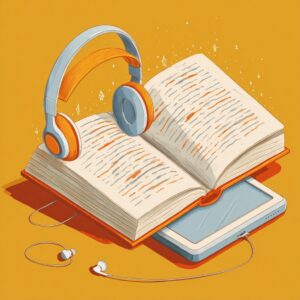
Sometimes the development of technologies operates in a linear fashion. An initial idea is improved upon and refined until it reaches a level of complete efficient utility. The paperclip, the hair grip or the safety pin are pretty good examples of this.
There are other situations where development is characterised by leaps forward. From television’s early pioneering days with Baird and Farnsworth, modern 4K screens have little in the way of common parts or approaches, beyond the simple desire to transmit images at distance. A Baird televisor is a charming piece of furniture, and perhaps a valuable antique if you have one, but functionally useless.
You then have cases where wider issues are met from a range of different perspectives. If we continue with the theme of television, the idea of mass media communication was being met by things such as radio and cinema at the time of the television pioneers. But the theme of mass communication has been met in different ways since the origins of storytelling.
The evolution of how valuable stories, community wisdom, or inspiring tales have been told over the years is a model of ever-deepending layers. From artistic expression, to the emergence of spoken language, to the codification that written language brings, to the leap forward that the printing press delivers, to the same movie being shown at any cinema around the world, to the digital world of instant messaging, there have been styles that have found favour at particular times and others that have drifted out of fashion. But the layers and the tools and the methods have co-existed in a rich tapestry rather than creating the type of redundancies in technology that something as relatively new as television has seen throughout its development.
Reading habits were predicted to move almost entirely to digital approaches, with the arrival of eReaders, eBooks and the like. But the reality was a much more layered, hybrid, diverse and vibrant response, creating an environment of greater personalisation and responsive to people’s needs.
As well as the different forms of the written word, audiobooks have been transformative in meeting people’s needs in terms of those who prefer the spoken word or in the case of those for whom writing is not a fruitful channel of communication.
Meeting a range of perspectives and needs is key to success in building a thriving community of readers, something that’s so vital to creating community and societal cohesion.
People are more and more comfortable with their hybrid reading habits being distributed across a range of media. Many of us still value the sensory experience of holding and reading from a printed book. But when we’re sitting on a beach, away from the workaday world of our occupations, we’re used to eReaders being a better solution. When we’re on the daily commute, perhaps the best use of that time is in catching up on the latest episode of a podcast or by listening to the latest chapter in our favourite novel of the moment.
Creating that sense of personal moments, parts of our day when we focus on our own emotional wellbeing, is gaining increasing primacy. We have been made acutely aware of feelings of disjunction and disconnection in recent years, and many of us are now taking the time, through a panoply of hybrid reading options, to ensure that these moments are retained, built upon, and allowed to flourish.
There is great creativity to be fostered in diverse environments. For our current and future reading solutions to be positioned to take advantage of this is heartening and exciting. The hybrid nature of future reading habits is an opportunity to capitalise upon.
